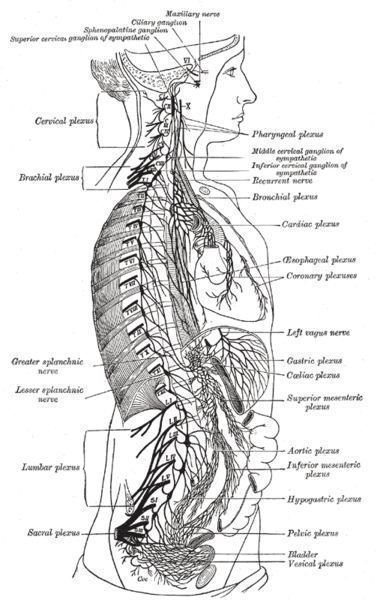Neuromyotonia: Symptoms, Causes and Treatments
Neuromyotonia is also known as Isaac’s syndrome, Isaac-Mertens syndrome, quantal squander syndrome and continuous muscle fiber activity syndrome. It is a rare, incurable neuromuscular disorder that affects the peripheral nervous system. It is characterized by the peripheral nerve axons continually firing and becoming hyperexcitable.
There are two different forms of this disorder: acquired (focal or generalized sporadic) and hereditary (generalized familial).
Causes
The causes of this disorder are unknown, though there is some speculation revolving around chromosomal mutation and exposure to toxins. Research and clinical trials related to this disorder are ongoing. More on the available and completed clinical trials may be found at the Clinical Trials (U.S. Government site) website.
Signs and Symptoms
The most common symptoms associated with neruomyotonia are:
- muscle stiffness that is progressive
- cramping
- muscles that twitch or contract on a continual basis
- muscle relaxation delays
- muscle pain
- weakened reflexes
- increase in sweating.
- slurred speech
- difficulty swallowing and chewing
- difficulty with walking
The muscle groups that may be affected include the trunk, limbs, larynx, pharyngeal and cranial. Pharyngeal involvement can cause difficulty in breathing.
These symptoms usually are experienced before age 40, though the onset is from age 15 to 60.
Treatment
While the use of anticonvulsants is the most common treatment given to patients, some short-term relief is provided to patients with the acquired form of the disorder through the use of plasma exchange. No real effectiveness has been shown from treatments using steroids, quinindine, diazepam or barbiturates.
If autoimmunity is involved, immunosuppressive therapy may be used as a treatment. Diaphragm plication is used in some patients experiencing difficulty in breathing.
Some of the research into this disorder includes finding more effective methods of treatment, as well as a cure.
Peripheral Nervous System
Image Credit:
Peripheral Nervous System. Gray’s Anatomy. 20th U.S. Edition. 1918. Public Domain. Wikimedia Commons. https://commons.wikimedia.org/wiki/File:Gray838.png
Resources:
NINDS Isaac’s Syndrome Information Page. National Institute of Neurological Disorders and Stroke – National Institutes of Health. Last updated March 12, 2009. Public Domain. https://www.ninds.nih.gov/disorders/isaacs_syndrome/isaacs_syndrome.htm
Isaac’s Syndrome. Madison’s Foundation. Last Updated November 29, 2004. https://www.madisonsfoundation.org/index.php/component/option,com_mpower/Itemid,49/diseaseID,508/
